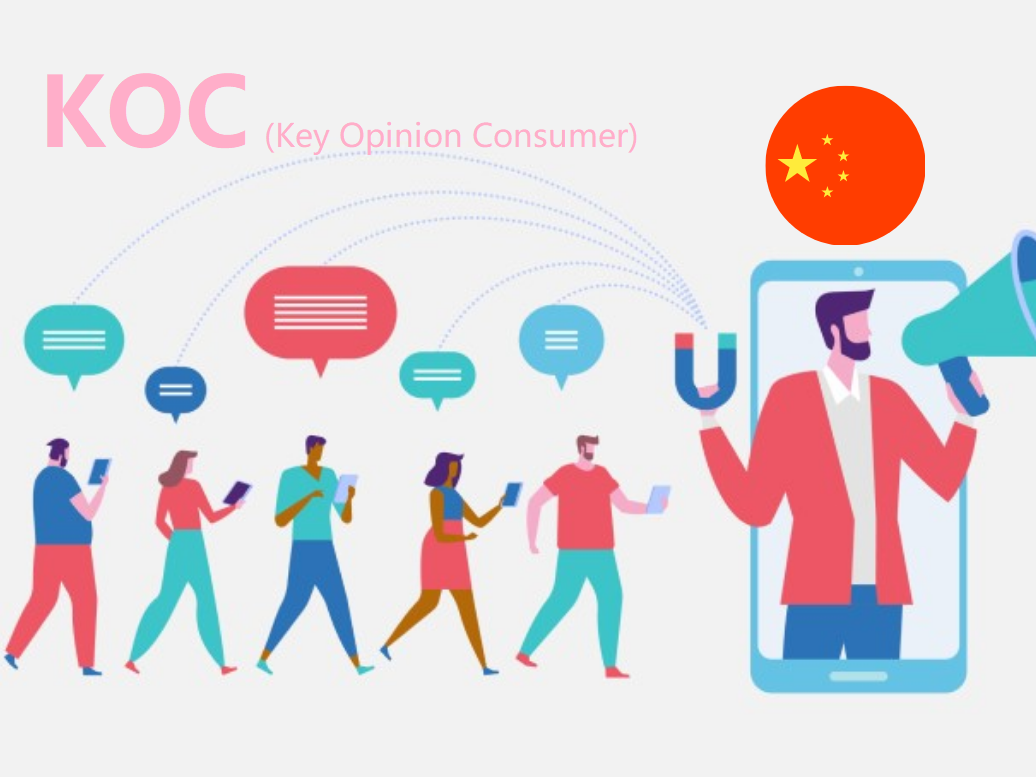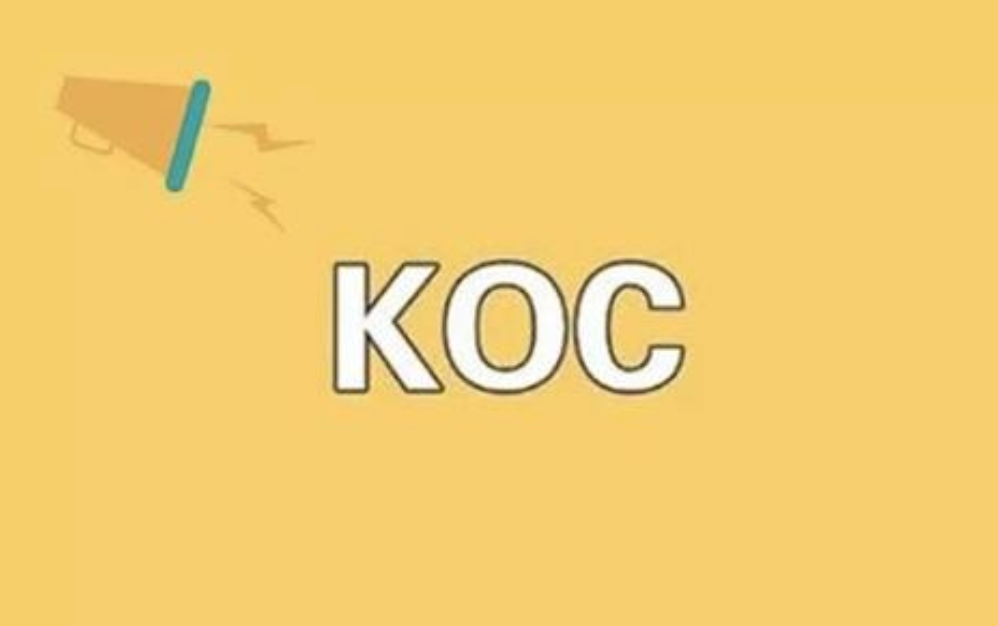
Key Opinion Consumer (KOC) is the latest form of influencer in China, who are experts in testing and reviewing products. Their content is highly reliable which is why the followers will actually refer to this important role in the decision-making process, regardless of the relatively small audience size.
Due to the rising influence of KOC in China, global marketers are motivated to test this model and adjust their social media strategy accordingly. WeChat is a well-known all-in-one app with functions that go beyond daily communication. Users can purchase daily goods, order a taxi, or even attend an online class through WeChat. In China, the predominant practice is to centralize all daily needs into one app.
There are also more and more apps that combine social media with e-commerce and encourages users to review goods and share their opinions with others. If netizens in China want to learn more about a certain product or explore new ones, LRB is their first go-to app. KOCs from LRB are viewed as credible sources since these are ordinary people who, albeit having a limited amount of followers, genuinely want to try and test a product. LRB’s algorithm helps as well since it ranks posts according to quality, and displays them first in the main feed. Hence, further motivating LRB users to share their reviews.
Although this practice is still relatively uncommon in places outside of China, with Instagram’s new Checkout function that essentially combines social media and e-commerce, we believe that western social media is inclining towards the Chinese approach.
KOC (Key Opinion Consumer) v.s. KOL (Key Opinion Consumer)
What are the differences between KOC and KOL? There are 3 major differences:
Level of the initiative: Brands proactively approach a KOL and provide them cash or product incentives for promoting their products and services. While KOC is first of all a consumer, hence they initiate the process of trying and reviewing products that interest them.
Audience size: KOLs are categorized by the number of followers, such as Micro-influencers (5,000 – 1K) and Celebrities (millions). On the contrary, audience size is not a critical criterion for KOCs, in fact, they most likely have fewer followers than KOLs.
Authenticity: KOC has more credibility among readers as product testing and reviewing is their expertise. In comparison, followers of KOLs are aware of the paid collaborations between brands and influencers, hence the authenticity is not as strong as KOC.
4 Steps to Initiate KOC Marketing Campaigns
1. Gain KOCs
We suggest linking social network profiles to the brand's website, in order to integrate and interact with social media. In this way, you will be able to grow social media followers via website visitors, communicate with them and learn about the content that KOCs are engaging with. As a result, we can turn some of your users into future KOCs. For example, giving your audience the option to submit reviews on social can also help connect with your audience. You will be able to interact with the audience and build a brand community.
2. Qualify
You may probably have enough reviews from your customers and be able to identify some potential KOCs. However, be mindful that the KOCs will remain trustworthy when writing the reviews, and might share negative yet constructive comments. The KOCs are the ones who are actually your active users + relevant users with creative social influence.
3. Invite and Listen
After identifying the high-quality, try to organize a focus group to collaboratively share the latest news about the upcoming products. This will be resourceful for the growth of your company. Meanwhile, invite the KOCs and digest their feedback to help improve the products.
4. Activate
Further activating new KOCs to give honest reviews. Carefully access all the feedback collected from KOCs, shortlist the most valuable comments for your brand. Let them contribute to your brand community and let them grow it progressively. Based on those KOCs' reviews, the brands can better optimize their marketing plans.
Learn more about Chinese social media marketing



